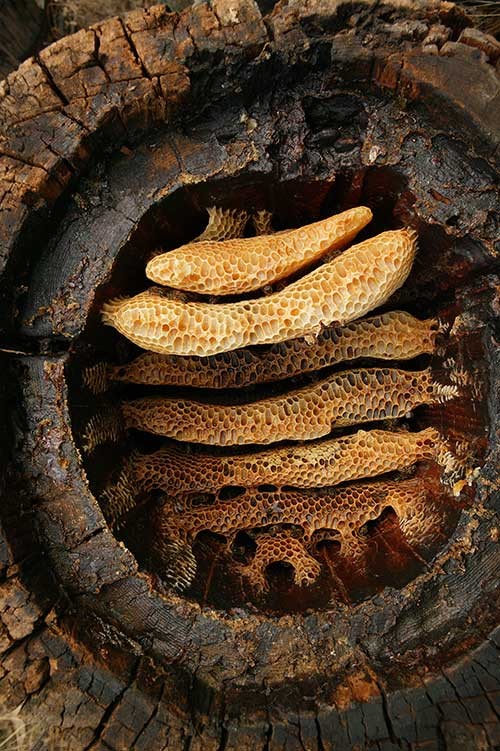Evidence of prehistoric humans using beehive products were found from murals that depict ancient Egypt's New Kingdom era as bees and honey were observed in scenes of everyday life, believed to date back to 4,400 years ago. However, humans are apparently using beehive products much longer than that.
In this new study, scientists found evidence from pottery that used to contain beeswax that were made by Stone Age people dating back to early farming communities in Europe, Middle East and North Africa that includes cooking pots discovered in eastern Turkey that date back to 8,500 years old.
According to Mélanie Roffet-Salque from the University of Bristol, there was a distinct chemical fingerprint of beeswax present that was detected in many Neolithic sites across Europe that indicates how humans and honeybees were already associated with each other since prehistoric times.
Roffet-Salque says that beeswax was present in the pottery where scientists believe that prehistoric humans were already using honey, leaving traces of beeswax found in the inside coating of the pots where they used it for its waterproof properties.
The organic geochemist explains that Stone Age people were very much aware of their environment and studied it well where they also exploited different natural resources including beeswax including tree resins and tars.
Roffet-Salque believes that the most obvious reason for exploiting honeybees during that time would be for honey where it is regarded as a rare sweetener for prehistoric humans. Apart from this, beeswax is also used for many purposes such as technological, cosmetic, medicinal ritualistic ones like waterproofing ceramic vessels and to soften birch bark tar to produce glue.
Roffet-Salque notes that honey is not directly detected at the site or in the pots since it is organic, mainly consisting of sugars that would decay rapidly and not even survive or fossilize after thousands of years. However, beeswax inside the pots suggests that early farmers were already using hive products especially beeswax and honey.
This new study is published in the journal Nature.



























